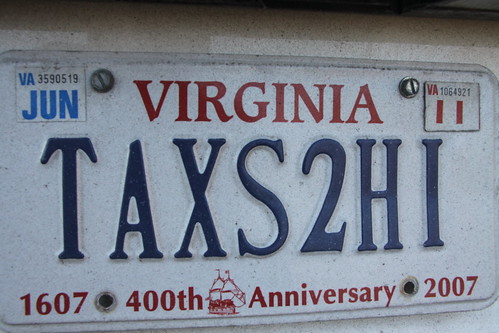The way in which you market yourself is obviously an integral part of your business. You can’t rely on jobs just falling into your lap of their own accord, you need to go out there and pull them in. There are plenty of different techniques and styles of marketing, but there is an underlying choice you have to make first before bombarding the world with your amazing adverts and website. This is all based on the viable services you are able to offer. Do you want to stick to one specific part of your field, or do you want to be able to offer as much as you’re able to do. Let’s look and the advantages and disadvantages of both.

Offering a minimum viable service can easily be summed up by a photographer who chooses solely to do wedding photography. Essentially, rather than being a something (copywriter, filmmaker, composer) you are a type of something (product copywriter, documentary maker, film music composer).
One of the benefits of this is that you’ll find it much easier to build a portfolio. If you’re concentrating on one field then you don’t need to show a wide range of examples. Get a few jobs and your portfolio will already be looking great. It is a lot more focused too. Prospective clients will be able to get a much clearer picture of your style and vision this way.
You’ll also find it much, much easier to market yourself. Your website and adverts will concentrate on the one thing you offer and that means you can target your marketing much more efficiently. Rather than advertising across a broad selection of sites and publications, you can now just pick out the ones that are relevant.
Of course, there are some downsides. First up is actually deciding on the specific service you want to offer. If it isn’t something you’ve thought about, it may take some time to really decide. There is also a bit of trial and error in this too as you try out services which just don’t work for you. Time is valuable and you can end up wasting a lot of time trying to figure out what you want to do.
Once you have decided on what you’ll offer, prepare yourself for letting jobs that you can do pass by. You might see an advert on Gumtree for something you know you could do really well, but as soon as you show your client a portfolio concentrating on something else, they’ll be put off and consider you unfocused. On top of that, taking on other types of jobs defeats the whole point of offering a minimum viable service.
On the other side of the coin you could decide to other a wide range of services. This means, for example, that as a photographer you will make yourself available for any kind of job you can do, be it band, sport, nature or press photography.
One advantage is quite obvious. Advertising yourself as a photographer with wide-ranging skills means you have a bigger pool of clients to attract. This should mean more business for you and the ability to build up a very varied portfolio. Another little positive is that you might be able to get those more niche or obscure jobs that appear from time to time. The people advertising these jobs are likely to more interested in someone who has a varied skill set.
There’s a phrase that is quite relevant to this. “Jack of all trades, but master of none.” Simply put, some people will want a specialist for their job. To them, this is paramount, no matter how good your portfolio is. They don’t want to take any risk so they want the person they hire to be a safe bet. They won’t see you as a photographer, so much as an ‘all-round photographer’ which, unfortunately, just doesn’t sound good.
Have a good think about how you want to approach your marketing. Both ways have their pros and cons and it is simply down to your preference. Choose wisely!
About the Author: Joshua Danton Boyd is an in-house copywriter for the online accounting firm Crunch. He also regularly contributes to Freelance Advisor and Urban Times.





